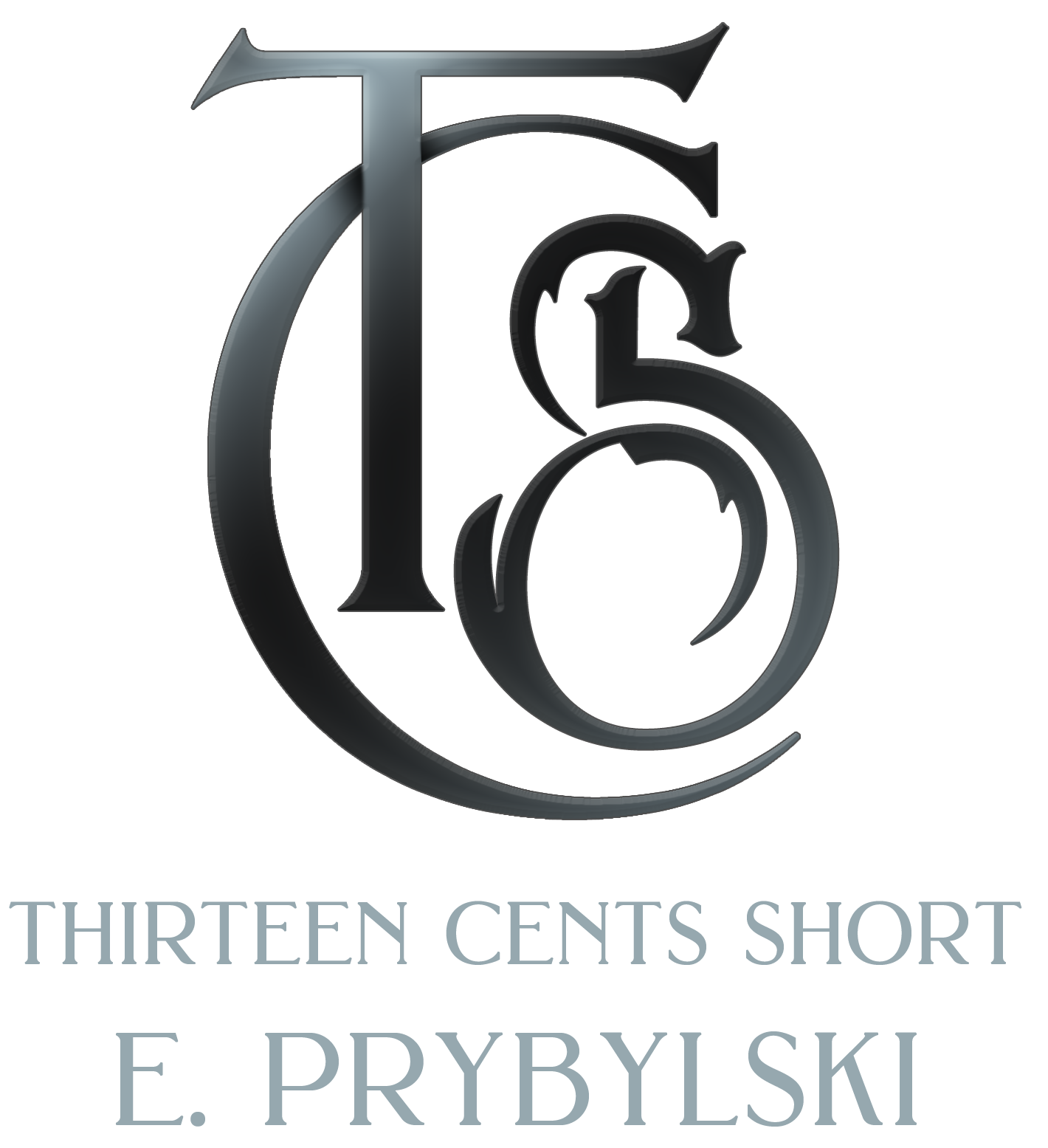There are lines in the sand, and authors everywhere are examining the decision of how to publish differently than ever before. The change in the modern landscape of the industry is a significant one, and with the rise of e-books and outlets like Amazon and Smashwords authors have unprecedented access to tools only publishers possessed less than a decade ago.
With the option of self-publishing, you’ll hear a great deal of argument over which method is superior to the other, but that’s the wrong way to view the decision. One isn’t empirically better than the other for all authors in all situations. Each author must weigh their individual needs and wants and select the path that best suits them.
Let me say that again: Each author must consider his or her different needs and wants and make an educated decision.
What I mean by “educated decision” isn’t just reading a bunch of opinion blogs and rolling from there. Study the industry and know what is required to get a book to print. Understanding the process, and the inherent costs, will do a great deal to help you make the correct choice for you.
This post is going to be a two-parter because of the amount of information inherent in making this decision. I don’t want to overwhelm you with too much at once, so let’s start by looking at the process of publishing a book and the steps required to get it from manuscript to print.
- Editing
After the manuscript is, ostensibly, in its final form, it should pass by at least one if not two sets of eyes. This may mean hiring an editor freelance or working with an in-house editor if you have found a publishing company. The editing process may happen in several rounds including the final proofread where everyone combs the manuscript for any typos or errors found. - Typesetting
After editing, the book goes to a typesetter. This process is different depending on whether the book is being put into print or e-book or both. The different formats have different requirements that must be met by the person doing the formatting. This process may also include interior design. If you are producing a non-fiction this may be the time when you add photos, asides, graphs, and other images to your work if this applies. - Cover Art
This is pretty straightforward, though I will say in the strongest manner possible do NOT make your own cover unless you are a designer. So many authors fall flat on this part of book design because they either do not want to pay the money to hire a professional or they are convinced that they are able to put together something that is “good enough”. In the cutthroat world of publishing “good enough” isn’t. Readers are jaded, and your cover art must stand out in the crowd in a good way. - Printing
After the book has been assembled, a print book must be sent to a printer. The most common printers for indie presses and authors these days are LSI/Ingram and CreateSpace. Both are good options, and have guidelines for uploads. Ingram is a more professional printer designed to accommodate offset print runs for large orders (1,000 books or more), but it costs money to upload revisions to your document. Ingram also has a superior bookstore distribution system to CreateSpace, so that is something you will want to consider. - Marketing
The least fun part of the whole process, marketing is a necessary evil to make sure your readers discover you. I could write volumes about marketing and its importance, but I’m not going to dig into it here. Suffice to say it is an important part of writing a book.
All of these steps, as you may realize, cost money. Paying editors, cover designers, interior designers (if needed), typesetters, and then doing marketing are not a cheap collection of professionals. According to the venerable Dan Poynter, and my own experience, the cost of producing a book rests around $10,000. While you may be able to skirt by on some of these steps by doing it yourself, it is not advisable to try and cut corners too much or else you end up with poor quality books that will not please readers, display your skill and talent to your best advantage, or sell copies.
Looking at the process–regardless of whether you are self-publishing or traditionally publishing– should give you a better perspective to approach the effort of publishing your book. Most authors, when they begin the process of writing, don’t have the end product in their head beyond a nebulous idea of a title on a shelf at a bookstore. That’s not a bad thing, but when you come to the end of the writing/editing process and have your finished copy in your hand the “well now what?” question is the most often one I encounter.
Now that you know more about the steps you have to take to go from manuscript to print, we can begin the conversation (tomorrow) about where the real differences between self-publishing and traditional publishing lie.

thank you for a great informative post look forward to part two.
Thank you very much! I hope you find part two just as useful.
[…] yesterday’s discussion of what the real differences between self-publishing and traditional publishing are, […]
[…] won’t suffer for it because as self-publishers they can do everything alone. As I’ve said in other blogs, the real difference between self-publishing and traditional publishing is, primarily, who foots […]